
Piet Oudolf - portrait of contemporary European landscape architecture
Piet Oudolf (born October 27, 1944, in Haarlem) is a Dutch landscape designer and nurseryman specializing in perennial plantings. Originally trained in architecture, he dedicated his entire life to working with plants.
He created a new approach to plant use that combines their natural character and functioning with artistic expression. His distinctive style is the result of more than thirty years of observation and work with plants. “All my work is about trying to restore the spontaneous feeling of plants in nature. The idea is not to copy it but to give a sense of nature,” he says. The main idea behind these plantings is to create dramatic effects from early spring through the summer to the stark beauty of dying plants in autumn and winter. Piet Oudolf chooses natural plants for his compositions that, according to him, “know how to live well and die well.” Gardens are usually considered dormant in winter, but Oudolf believes that this should not be the case. “People often don't realize that a plant can be very beautiful and interesting even after flowering. A garden in winter is a strong emotional experience. You think about decline when, in fact, it is a comeback. Instead of using scissors, use your eyes and you will see the real cycle of nature,” he adds.
In composing perennial plantings, he focuses primarily on texture, structure, habit, and overall harmony of the plant. According to him, it is not always necessary to focus solely on color. He does not work with plants as individual components but uses them in communities, in whole blocks, from which he then creates sweeping waves of plantings. These airy areas of ornamental grasses and perennials are complemented by solitaires that function as moving sculptures in the space – giving depth to the plantings through the play of light and shadow. “If you combine diverse, mutually different structures, it doesn’t matter what color the plants are,” he says. He also emphasizes the use of evergreen and deciduous hedges that create definitions and frames for space. They are in constant movement throughout the year, changing over time, and Oudolf uses them as punctuation marks that form architectural and sculptural elements in the space.
Piet Oudolf does not limit himself to what nature provides. He himself breeds and cultivates new varieties with the desired properties, which he then applies in his designs. This combines Dutch gardening traditions with modern trends – traditional Dutch formal style with contemporary naturalistic approaches. In 1982, he established his own perennial nursery in Arhne, Netherlands, which is run by his wife Anja Oudolf. He is also a co-founder of “Future Plants” – a company specializing in the selection, cultivation, breeding, and protection of plants that are useful and have all the necessary properties for use in public spaces. The goal is to provide not only beautiful, attractive plants but also plants that function reliably and healthily – ones that attract a diverse range of insects, butterflies, and birds. “We focus on such properties of plants that may differ from their architectural value but are very important – for example, resistance to pests, durability over time, and their overall potential…” Plants from these nurseries are sold in many garden centers across Europe and the USA.
An irresistible desire to experiment with plants has led to many experiences, thanks to which he now creates compositions that are not only striking but truly work. According to Oudolf's own words, experiences come at the moment when you get to know a plant and “feel” it. One needs to start simply, combine the right combinations of plants, observe them over time, and learn from one’s work. “It is indeed hard work, but for a good cause. It’s like raising children – try to do your best,” he says.
Today, Piet Oudolf is one of the leading contemporary garden designers. He has designed gardens in the Netherlands, Germany, England, Sweden… In 2000, he received an award at the Chelsea Flower Show along with Arne Maynard for an exhibit garden called “Evolution.” He is also engaged in the creation of public spaces – among the most well-known projects is Chicago Millenium Park, completed in 2004, where he collaborated with Katryn Gustafson on creating the Lurie Garden. He also participated in the project High Line Park in New York, which opened in 2009. In 2011, he created a show garden as part of the Architecture Biennale that became part of the exhibition area and is the author of the plantings in the atrium of Serpentine Gallery 2011 by Swiss architect Peter Zumthor.
He has written several books, including Gardening with Grasses (1998, with Michael King and Beth Chatto), Dream Plants for the Natural Garden (2000, with Henk Gerritsen), Designing with Plants (1999, with Noel Kingsbury), Gardens in Time and Space (2005, with Noel Kingsbury), and Landscapes in Landscapes (2010, with Noel Kingsbury).
He created a new approach to plant use that combines their natural character and functioning with artistic expression. His distinctive style is the result of more than thirty years of observation and work with plants. “All my work is about trying to restore the spontaneous feeling of plants in nature. The idea is not to copy it but to give a sense of nature,” he says. The main idea behind these plantings is to create dramatic effects from early spring through the summer to the stark beauty of dying plants in autumn and winter. Piet Oudolf chooses natural plants for his compositions that, according to him, “know how to live well and die well.” Gardens are usually considered dormant in winter, but Oudolf believes that this should not be the case. “People often don't realize that a plant can be very beautiful and interesting even after flowering. A garden in winter is a strong emotional experience. You think about decline when, in fact, it is a comeback. Instead of using scissors, use your eyes and you will see the real cycle of nature,” he adds.
In composing perennial plantings, he focuses primarily on texture, structure, habit, and overall harmony of the plant. According to him, it is not always necessary to focus solely on color. He does not work with plants as individual components but uses them in communities, in whole blocks, from which he then creates sweeping waves of plantings. These airy areas of ornamental grasses and perennials are complemented by solitaires that function as moving sculptures in the space – giving depth to the plantings through the play of light and shadow. “If you combine diverse, mutually different structures, it doesn’t matter what color the plants are,” he says. He also emphasizes the use of evergreen and deciduous hedges that create definitions and frames for space. They are in constant movement throughout the year, changing over time, and Oudolf uses them as punctuation marks that form architectural and sculptural elements in the space.
Piet Oudolf does not limit himself to what nature provides. He himself breeds and cultivates new varieties with the desired properties, which he then applies in his designs. This combines Dutch gardening traditions with modern trends – traditional Dutch formal style with contemporary naturalistic approaches. In 1982, he established his own perennial nursery in Arhne, Netherlands, which is run by his wife Anja Oudolf. He is also a co-founder of “Future Plants” – a company specializing in the selection, cultivation, breeding, and protection of plants that are useful and have all the necessary properties for use in public spaces. The goal is to provide not only beautiful, attractive plants but also plants that function reliably and healthily – ones that attract a diverse range of insects, butterflies, and birds. “We focus on such properties of plants that may differ from their architectural value but are very important – for example, resistance to pests, durability over time, and their overall potential…” Plants from these nurseries are sold in many garden centers across Europe and the USA.
An irresistible desire to experiment with plants has led to many experiences, thanks to which he now creates compositions that are not only striking but truly work. According to Oudolf's own words, experiences come at the moment when you get to know a plant and “feel” it. One needs to start simply, combine the right combinations of plants, observe them over time, and learn from one’s work. “It is indeed hard work, but for a good cause. It’s like raising children – try to do your best,” he says.
Today, Piet Oudolf is one of the leading contemporary garden designers. He has designed gardens in the Netherlands, Germany, England, Sweden… In 2000, he received an award at the Chelsea Flower Show along with Arne Maynard for an exhibit garden called “Evolution.” He is also engaged in the creation of public spaces – among the most well-known projects is Chicago Millenium Park, completed in 2004, where he collaborated with Katryn Gustafson on creating the Lurie Garden. He also participated in the project High Line Park in New York, which opened in 2009. In 2011, he created a show garden as part of the Architecture Biennale that became part of the exhibition area and is the author of the plantings in the atrium of Serpentine Gallery 2011 by Swiss architect Peter Zumthor.
He has written several books, including Gardening with Grasses (1998, with Michael King and Beth Chatto), Dream Plants for the Natural Garden (2000, with Henk Gerritsen), Designing with Plants (1999, with Noel Kingsbury), Gardens in Time and Space (2005, with Noel Kingsbury), and Landscapes in Landscapes (2010, with Noel Kingsbury).
4th-dim / Klára Stachová, Andrea Honejsková, Jakub Hepp
The English translation is powered by AI tool. Switch to Czech to view the original text source.
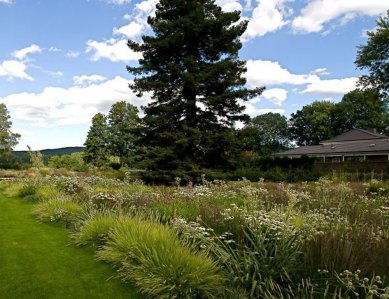
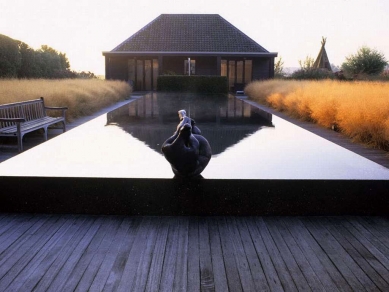
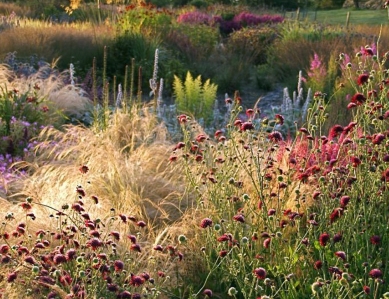
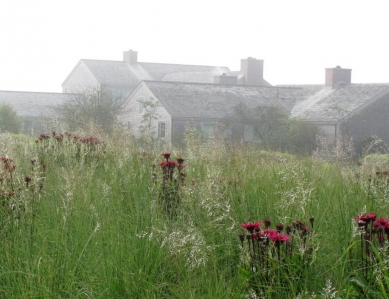
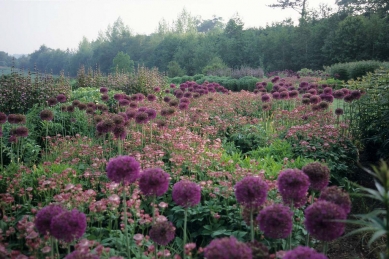
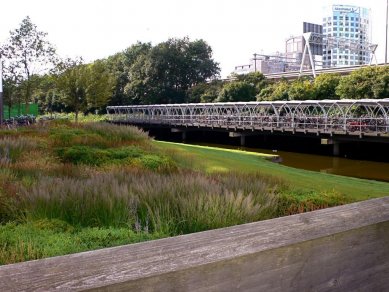

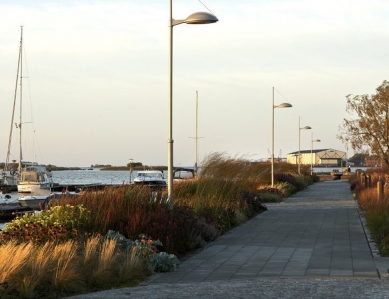
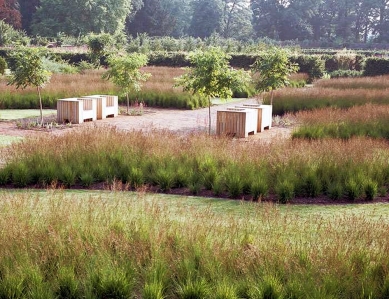
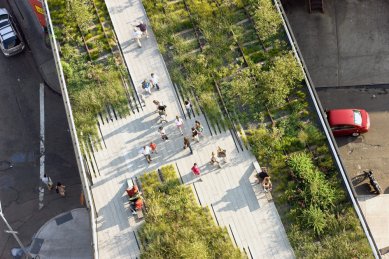
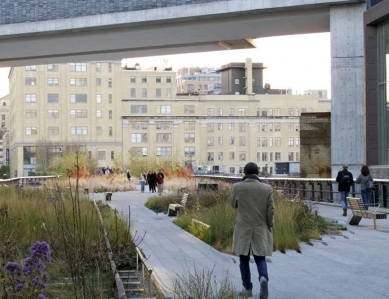
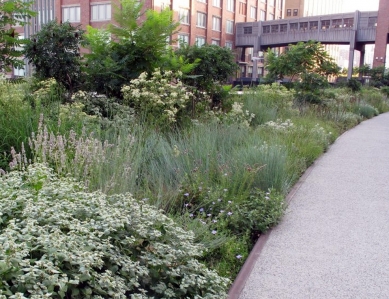
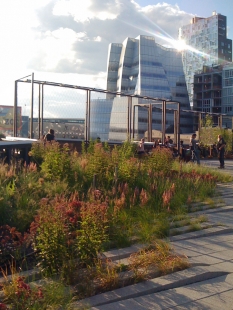
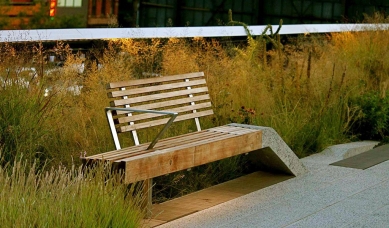
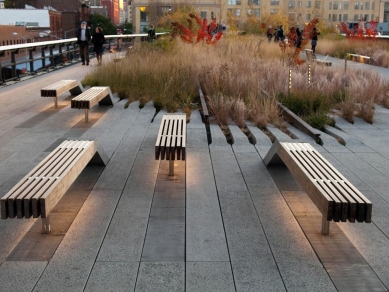
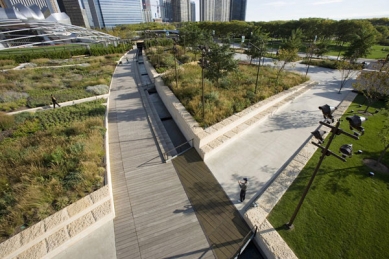
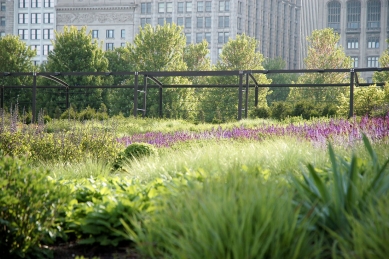
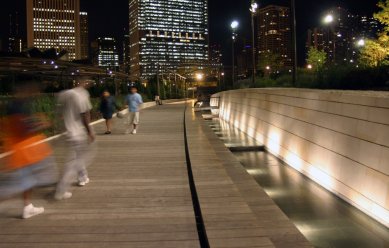
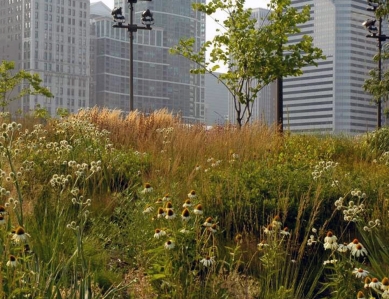
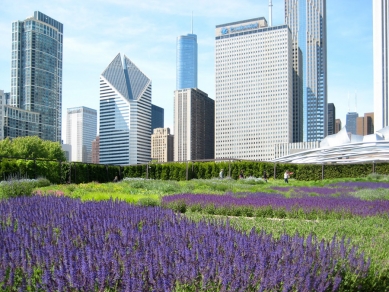
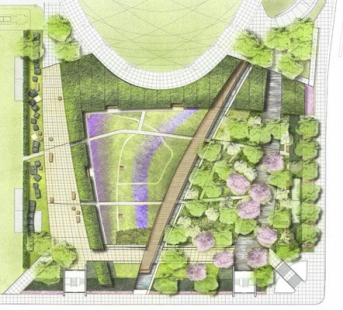
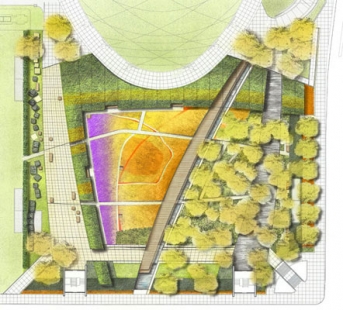
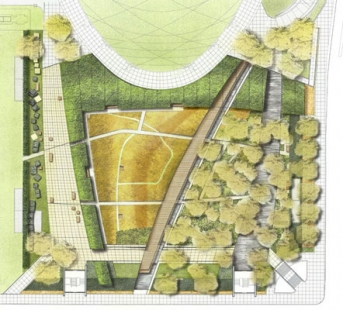
0 comments
add comment
Related articles
0
18.03.2012 | West 8 - Portrait of Contemporary European Landscape Architecture
0
18.02.2012 | Walter Vetsch - portrait of contemporary European landscape architecture
0
09.02.2012 | Kuhn Landscape Architects - a portrait of contemporary European landscape architecture
1
02.02.2012 | GROSS.MAX. - portrait of contemporary European landscape architecture












